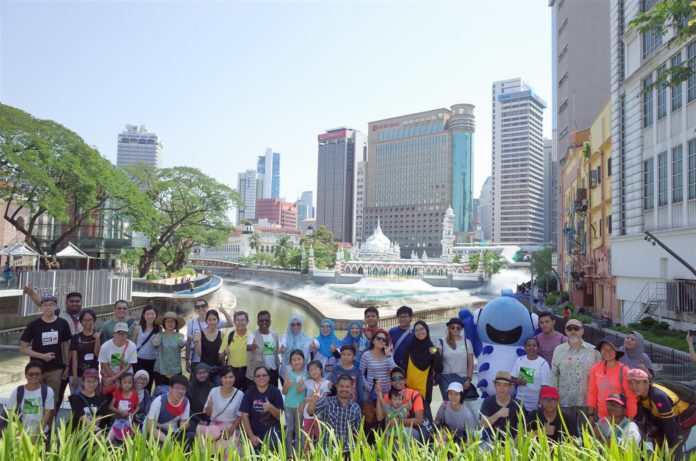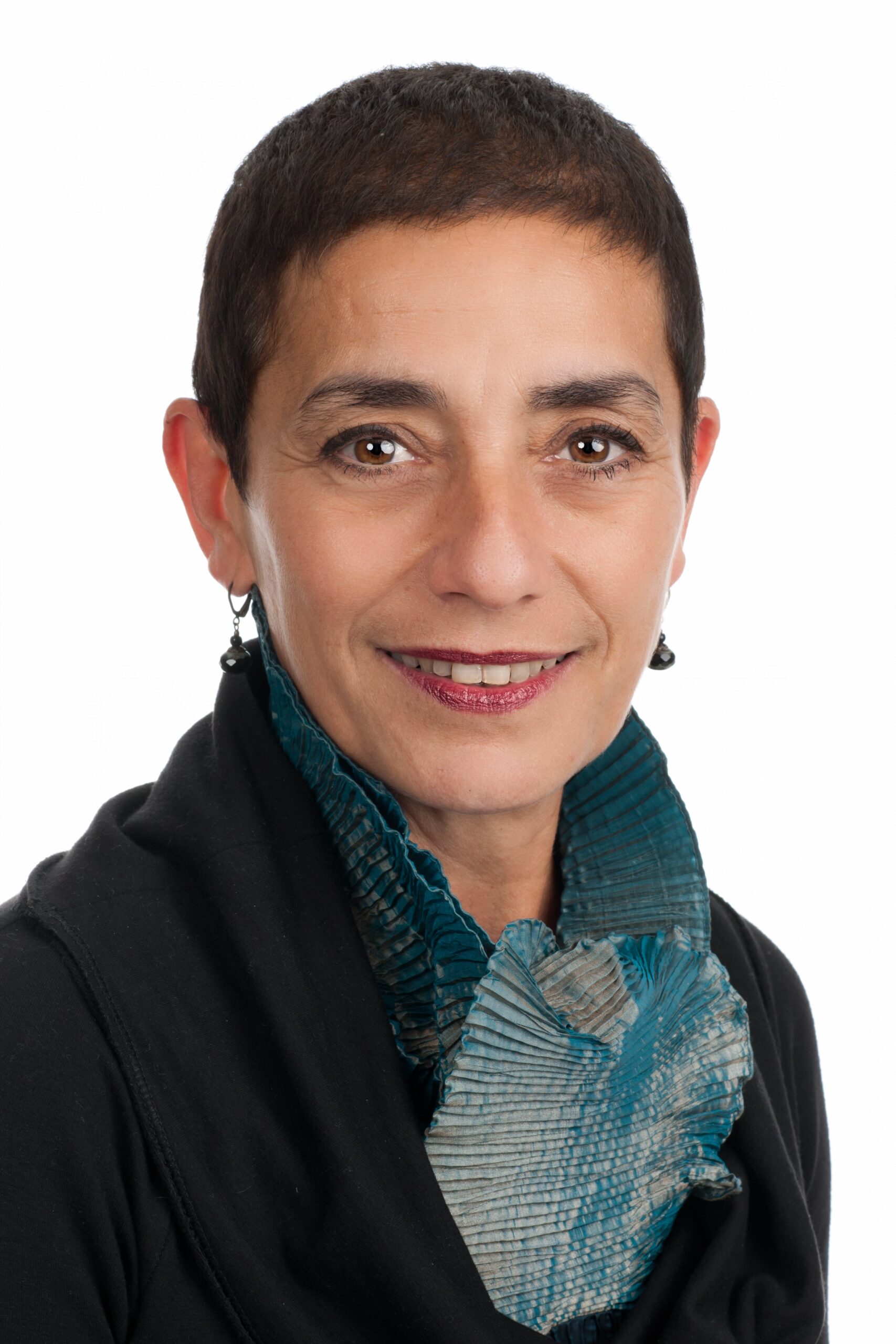There are a lot of impressive numbers associated with the transformational River of
Life (ROL) project, but what is just as remarkable is the passion of the many people
involved.
This passion was on display during River of Life Phase 5 of Public Outreach
Programme’s (ROLPOP 5) ) Walk – Learn – Share event organised by Ministry of
Federal Territory of Kuala Lumpur (KWP), Department of Irrigation and Drainage
(DID) Malaysia and Global Environment Centre (GEC) on April 29 th , making this an
inspiring and educational way to spend a Sunday morning.
GEC is a non-profit organisation working on environmental issues of global
importance. They are currently spearheading Phase 5 of Public Outreach Programme
initiative under ROL project, which includes the confluence of the Klang and Gombak
Rivers at Kuala Lumpur’s heart, adjacent to Masijd Jamek. This is the place from
which Kuala Lumpur gets its name, with ‘Kuala’ meaning ‘confluence’, and ‘Lumpur’
meaning ‘muddy’.
As Dr Kalithasan Kalaisam, River Care Programme Coordinator of GEC explained,
Kuala Lumpur has traditionally turned its back on its rivers, ignoring these natural
assets and letting them become polluted.
As its name suggests, the ROL project aims to bring KL’s rivers back to life, both physically through improving water quality, and metaphorically through creating lively spaces along them for people to live, work, and play.
Launched in 2011 by the Prime Minister and headed by Ministry of Federal
Territories of Kuala Lumpur, the project enlivens the river by weaving together the
three pillars of sustainability. Environmental sustainability is addressed by cleaning
river water to achieve Class IIB quality.
This means that physical contact and recreational activities such as kayaking are possible, but drinking is not. Social sustainability is addressed through beautification schemes such as the hugely successful Precinct 7. Economic sustainability is addressed by enhancing the river areas’ commercial and tourism potential, as is already evident in Precinct 7’s
popularity with foreign tourists.
An integral part of ROLPOP 5 work is its public outreach programme, of which April’s
Walk – Learn – Share event was part. Approximately 50 members of the public
attended, with all age groups represented.
The ROLPOP5 team’s impressive scientific knowledge was imparted to the group in a memorable and meaningful way. GEC personalised their knowledge, applying it to everyday activities and emphasising what each of us could do to revitalise rivers.
Attendees clearly enjoyed learning the new information. Many were captivated by the science and engineering that underlay what had appeared to be primarily aesthetic interventions. The ‘water touching experience’ at Blue Corridor area, complete with aquatic life such as fish , showed what might soon be possible for the Klang and Gombak Rivers.
Water quality tests, discussions and exchange of ideas with representatives from
Ministry of Federal Territories and Kuala Lumpur City Hall on ROL concept
particularly river beautification component and a Young River Scientist area
especially for children all brought the project to life.
There was a palpable sense of hope amongst attendees, as they saw and experienced a project where a healthy environment was not only achievable but also part of a beautiful public realm that was a pleasure to spend time in. The event finale, in Batik Plaza, where we looked into the sullage water treatment system and tested the water, brought everythingwe had learned en route together.
The ROLPOP 5 team’s passion for rivers and our natural environment was
contagious. And, with future developments along the river such as water taxis and
swimming areas, it is easy to become excited by the progress made and things to
come.
Indeed, we should be excited. Phase 5 of ROLPOP’s walk showed how great things
are possible when we work together. It also showed the benefits of working with
nature, not against it. Now we must share that message.
By Kirree Jenkings, GEC Volunteer








